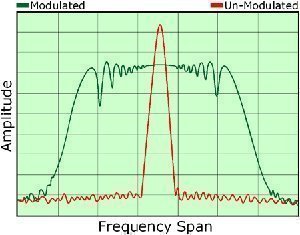What is Spread Spectrum Clocking?
Spread spectrum clocking is a technique used in synchronous digital devices that limits the amount of electromagnetic interference or EMI that the device causes. Since synchronous digital devices often generate interference levels that are not compliant with regulations that the FCC and other agencies set, spread spectrum clocking is an essential component of most small electronics.
How Spread Spectrum Clocking Works
Spread spectrum clocking works by distributing the bandwidth of electronic devices across many different frequencies simultaneously rather than allowing the device to emit EMI on any single frequency. Spread spectrum clocking works by using a transmitter and receiver that are both tuned to the same frequencies and forcing them to jump from one frequency to another at the same time. This prevents other devices from receiving information from the device while still allowing the transmitter and receiver to share information.
Applications
Spread spectrum is used for a wide variety of purposes. In addition to preventing a device from producing too much EMI, spread spectrum clocking is used to establish secure connections by preventing other devices from receiving information from the device, increase resistance to natural interference, and limit power flux density. Spread spectrum clocking is especially used in small electronic devices due to their inability to contain capacitors or metal shielding.
Advantages
Spread spectrum clocking is advantageous because it prevents a device from producing unnecessary amounts of EMI on any single frequency as well as prevents the device from receiving EMI from other devices. A digital clock can control spread spectrum clocking. Spread spectrum clocking operates on small electronic devices that do not have the weight or space to support other means of blocking EMI.
Disadvantage
Although spread spectrum clocking limits the amount of EMI that other devices measure on any single frequency, it does not limit the total amount of energy that the device produces. Therefore, spread spectrum clocking is mostly used to hide the total amount of EMI a device produces for legal purposes, rather than to actually limit the amount of EMI that is produced.


Comments - No Responses to “What is Spread Spectrum Clocking?”
Sorry but comments are closed at this time.